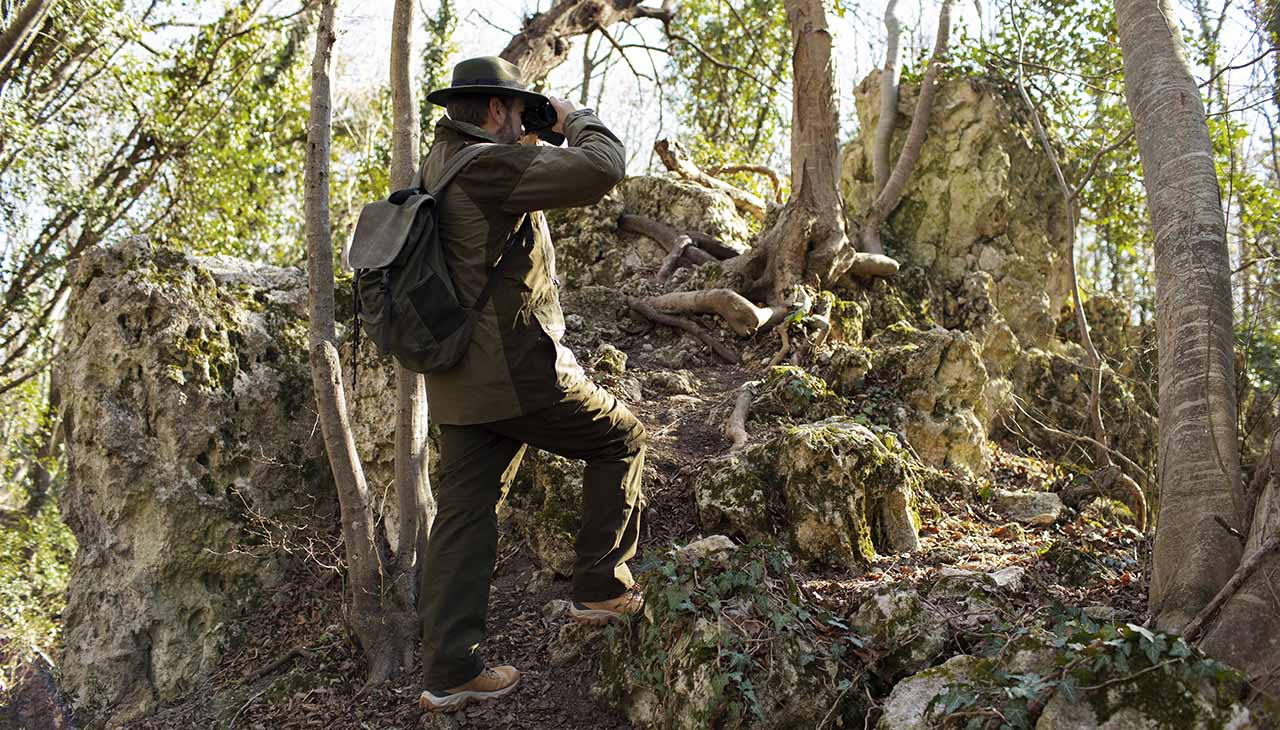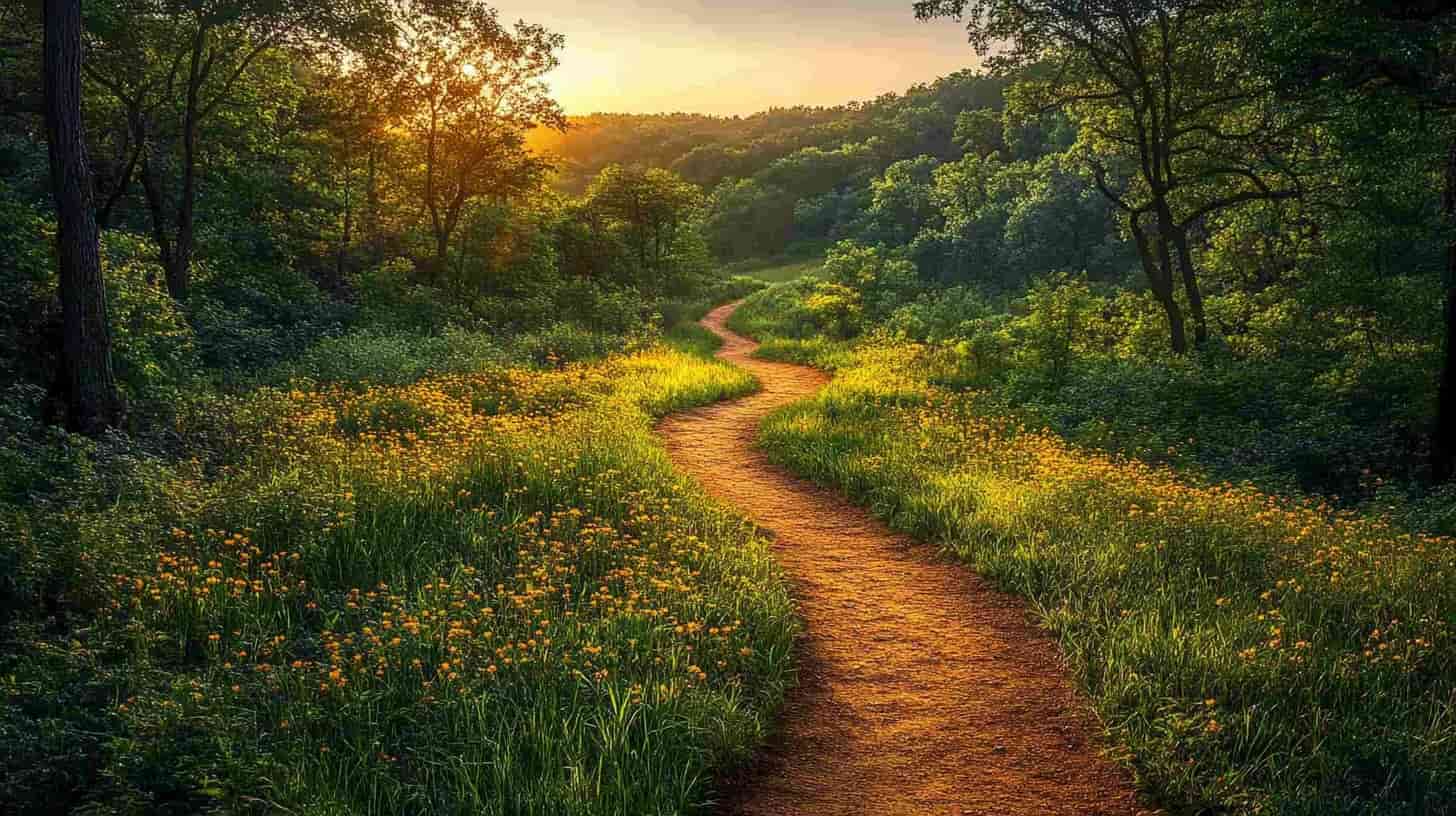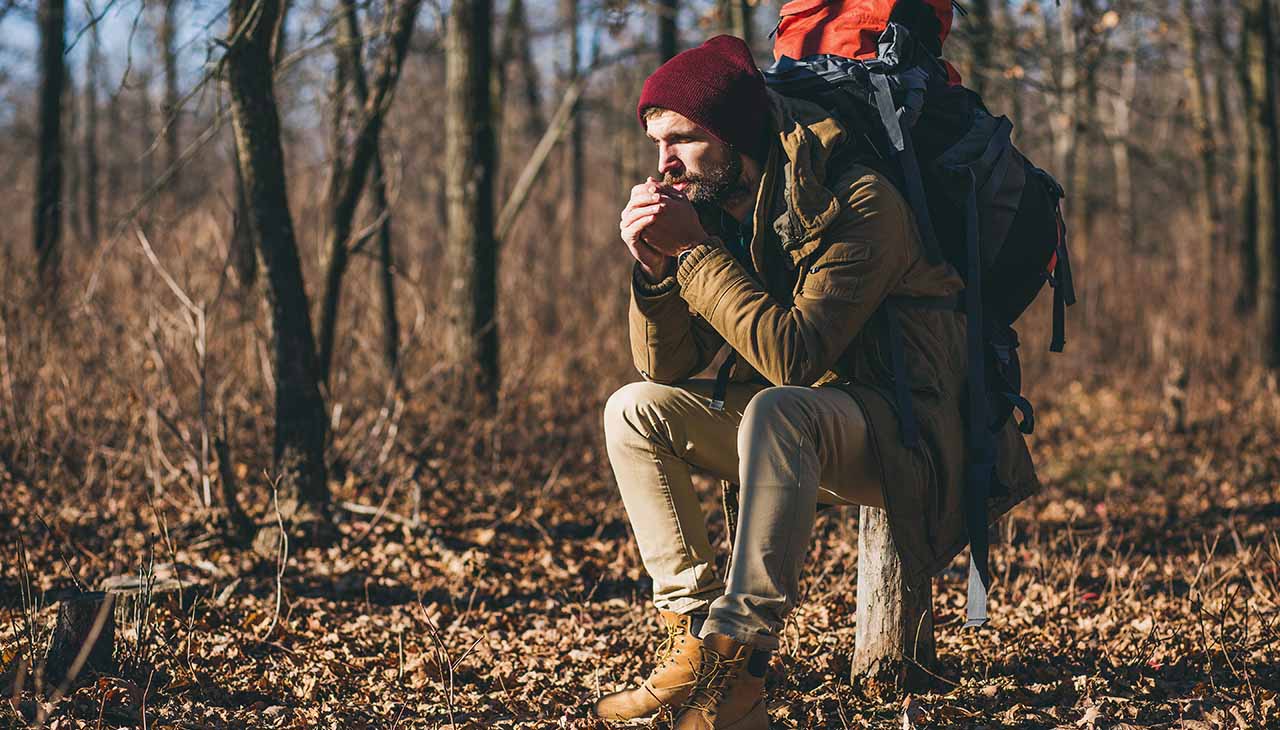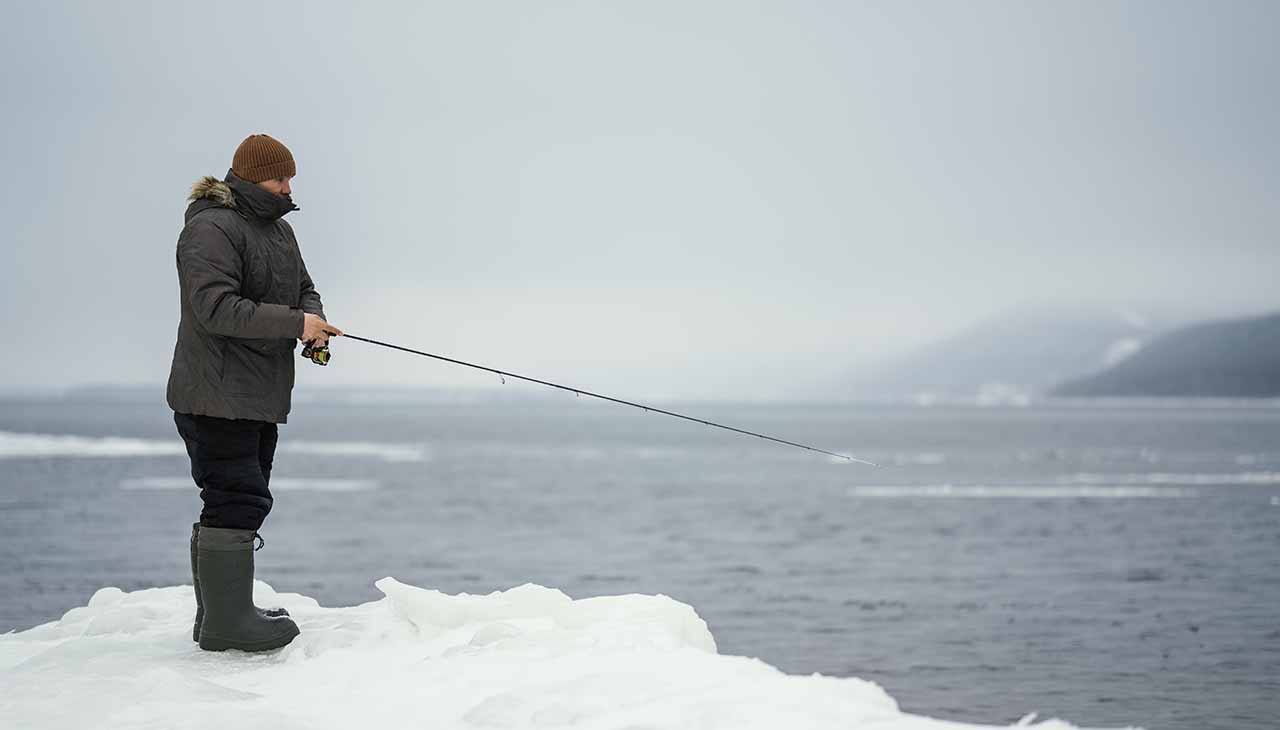Discover the Joys of Wild Foraging
Imagine stepping out into the great outdoors and finding your next meal growing right beneath your feet. That’s the magic of wild foraging, a practice that is gaining popularity among nature enthusiasts and green lifestyle advocates alike. Whether you’re looking to add a fresh touch to your kitchen or seeking a deeper connection with nature, foraging offers a unique blend of adventure and sustainability.
In this guide, we will explore how to find edible plants and mushrooms in the Midwest. From the region’s diverse flora and fungi to essential safety tips, we’ve got you covered. Plus, we’ll share some mouth-watering recipes to help you make the most of your foraged finds. Ready to get started? Let’s dig in!
The Midwest’s Unique Flora and Fungi
The Midwest is a treasure trove for foragers, boasting a rich variety of plants and fungi. This region, with its diverse landscapes ranging from prairies to woodlands, offers countless opportunities for sustainable harvests.
Common Edible Plants
When foraging in the Midwest, you’ll come across a plethora of edible plants. Wild onions, garlic mustard, and dandelion greens are just a few examples. Wild onions can spice up your dishes, while dandelion greens are perfect for salads. Garlic mustard, though invasive, can be turned into a delicious pesto.
Abundant Mushrooms
The Midwest is also known for its mushrooms. Morels are a springtime favorite, known for their nutty flavor and honeycomb appearance. Other common finds include chanterelles and chicken of the woods. These mushrooms not only add depth to your meals but also provide numerous health benefits.
Ethics and Safety in Wild Foraging
While foraging is exciting, it’s crucial to approach it with mindfulness and respect for nature. Understanding the ethics and safety measures ensures a sustainable and safe foraging experience.
Respecting Nature
Foraging should always be done sustainably. Avoid over-harvesting and ensure you leave enough for wildlife and future growth. Stick to public lands or obtain permission from private landowners before foraging.
Safety First
Safety cannot be stressed enough when foraging. Always properly identify plants and mushrooms before consuming them. Misidentification can lead to serious health risks. Carry a reliable field guide, and when in doubt, consult an expert.
Practical Tips for Beginners
Starting your foraging adventure can be daunting, but with a few practical tips, you’ll be on your way to becoming a seasoned forager.
Begin with Easy-to-Identify Plants
For beginners, it’s best to start with plants that are easy to identify and have no toxic look-alikes. Dandelions, for instance, are easily recognizable and entirely edible.
What to Bring
Always bring essential tools like a field guide, basket, gloves, and a knife. A journal can also be handy for noting down your finds and observations.
Start Small
Don’t overwhelm yourself. Start with small foraging trips in familiar areas like your backyard or local parks. Gradually expand your foraging locations as you grow more confident.
Delicious Recipes Using Foraged Ingredients
What’s better than enjoying a meal made from ingredients you’ve foraged yourself? Here are some recipes to get you started.
Morel Mushroom Risotto
Morels add a rich, earthy flavor to this classic risotto. Sauté the mushrooms with garlic and shallots, then stir them into a creamy risotto base.
Wild Onion Pesto
Blend wild onions with olive oil, nuts, and cheese to create a vibrant pesto. Use it as a spread or toss it with pasta for a fresh, zesty dish.
Dandelion Green Salad
Mix dandelion greens with other fresh vegetables, nuts, and a tangy vinaigrette for a healthy and delicious salad.
The Health and Environmental Benefits of Wild Foraging
Foraging isn’t just a fun activity; it also offers numerous health and environmental benefits.
Nutritional Value
Wild plants and mushrooms are packed with nutrients. For instance, morels are rich in antioxidants and vitamins, while dandelions are a great source of vitamins A, C, and K.
Reducing Carbon Footprint
By foraging locally, you reduce the need for transported goods, which in turn lowers your carbon footprint. It’s a simple yet effective way to contribute to a greener planet.
Promoting Biodiversity
Sustainable foraging encourages the growth of native plants and helps maintain ecological balance. It’s a win-win for both foragers and the environment.
Conclusion
Wild foraging in the Midwest is a rewarding pursuit that marries culinary delights with environmental stewardship. By approaching it with respect, you can uncover nature’s hidden treasures while fostering a deeper connection with the land.
Ready to start your foraging adventure? Grab your gear, head outdoors, and explore the bountiful offerings of the Midwest. Happy foraging!




